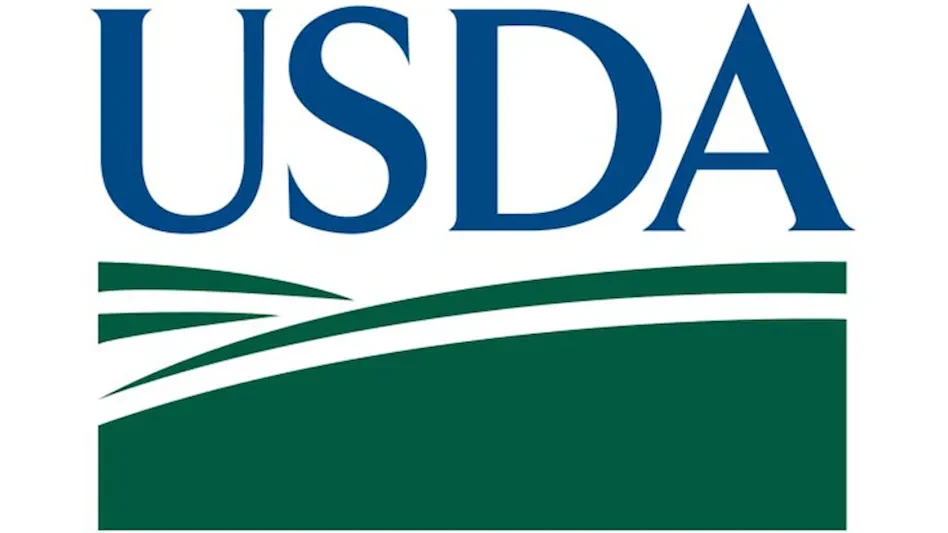
As food safety testing continues to evolve, it becomes increasingly important to ensure that your methods and technicians are providing you with reliable results. Participating in a proficiency program is a great way to build confidence in your methods and technicians. Cherney Microbiological Services, Ltd.’s Proficiency Program Manager, Ashley Erdman explains.
1 Why participate in a proficiency testing (PT) program?
Aside from meeting regulatory compliances, participation in PT is a GLP that ensures competency of your staff. PT programs allow comparison not only internally over time, but also immediately against technicians from other laboratories. Identification of improvements in your processes also become apparent before they become a problem. In turn, these factors will help strengthen relationships with customers by showing commitment to quality and improvement.
2 What is important when selecting a program?
The most important factor when selecting a program is ensuring it is a fit for your purpose. Choose a program that allows the use of your internal methods and processes as they are, or as close to routine as possible. Other important factors include sample matrix, ease of processing, result presentation, program size, and provider accreditation and responsiveness.
3 What are the benefits of participating more than once a year?
More data is available for trending each time a facility participates, which provides a more robust trend analysis. To ensure competence, everyone performing testing in the facility should participate in PT. When efficiency is a concern, one option is to rotate technicians through rounds so all participate, but not at one time. If your provider rotates matrixes, participating more will ensure you receive multiple matrix types, increasing confidence in your results and processes.
4 What is the difference between z and z’ scores?
Z’ scores include the uncertainty of the assigned value and minimize the effect of outliers on the overall statistical analysis of the data, helping ensure your results are not impacted negatively by outliers. Z scores do not include this uncertainty.
5 What should I look at when conducting an unsatisfactory result investigation?
Check to ensure results were reported correctly. Refer to information within the report and the original instructions. Review the results to ensure no clerical errors occurred while entering data (incorrect values or transposing test results). Review sample storage and handling before, and during, sample processing to ensure the sample was not compromised or temperature abused. Ensure processes were followed correctly and all equipment was within calibration/specifications. If a root cause cannot be determined, reach out to your provider for assistance.

Explore the March April 2021 Issue
Check out more from this issue and find your next story to read.
Latest from Quality Assurance & Food Safety
- Frank Yiannas, Aquatiq Partner to Expand Global Reach of Food Safety Culture
- World Food Safety Day 2025 Theme: Science in Action
- Ancera Launches Poultry Analytics System
- USDA Terminates Two Longstanding Food Safety Advisory Committees
- Catalyst Food Leaders Announces Virtual Leadership Summit for People in Food
- Food Safety Latam Summit 2025 Set for Mexico City
- AFDO Webinar Series Offers Strategies for Difficult Times
- FDA, USDA Rehire Some Staff, Multiple Sources Report





